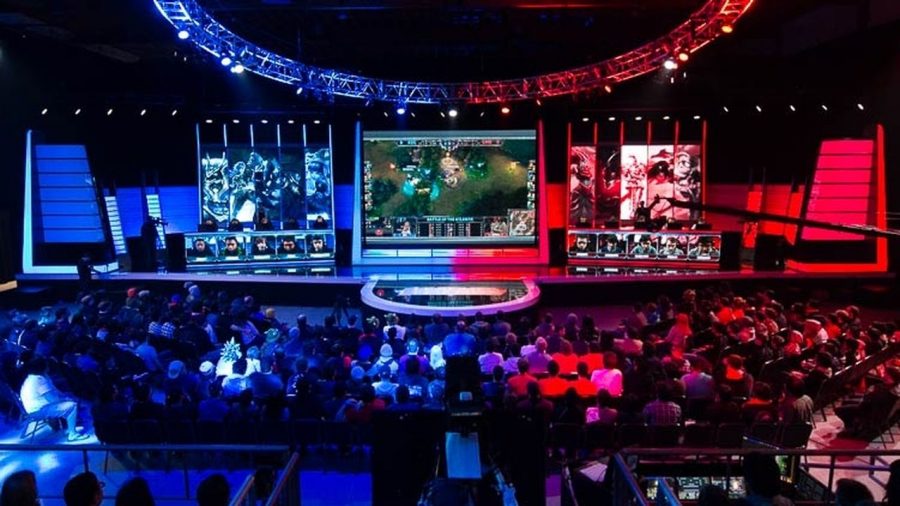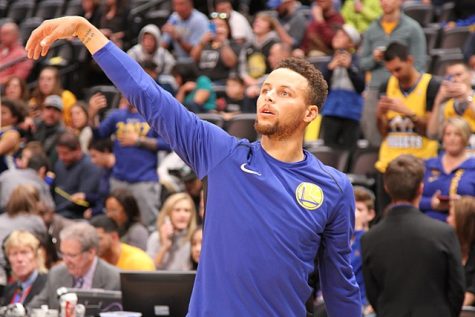Accessibility is esports’ key to success
Creative Commons Gabriel Gagne
North American League of Legends tournament on March 5, 2016.
The popularity of esports is undeniable but what makes it so popular? Millions of people from around the world gather to their screens and watch these 20-something-year-olds battle in a virtual world.
According to an article by USA Today from 2014, the third season of the “League of Legends World Championship” had 32 million viewers, doubling the World Series and the NCAA Final Four. On top of that, there was also an estimated 18,000 people that attended the event in a sold-out Staples Center in Los Angeles.
To put that into perspective, an article by ESPN said that 18 million viewers tuned in to watch the fifth game of the 2014 NBA Finals and peaked at 22.4 million in the last half hour, over 40 percent less than the “League of Legends World Championship.”
The success of esports series like “League of Legends World Championship” can be attributed to one main factor and that is accessibility. “League of Legends” can only be played on a computer but it can be viewed from any device that has a web browser or “Twitch.tv” streaming application. Esports fans everywhere can watch their favorite esports series on their phones, tablets and computers.
Cable television now has “ELEAGUE” which is a televised esports show that features professional tournaments from games like “Counter Strike” and “Street Fighter.” In conjunction, current generation gaming consoles recently embraced the “streaming” aspect of the gaming community which not only expands a console’s capability but also benefits the viewership of any esports that regularly streams their series.
According to an article by GameSpot, 48 percent of 4,000 American households reported owning a dedicated game console. Considering the size of the United States, this is a huge portion of people owning a gaming console.
Accessibility doesn’t just stop in esports’ viewership. With esports caliber games spread out through each and every gaming machine, the barrier of entry is nearly non-existent. If a gamer has a current generation console or a computer that can run a required game and the quintessential internet connection, they can practice and compete in tournaments.
One may think that this could be a costly endeavor to pursue but if you are already a gamer, chances are you already own the aforementioned equipment required. Not to mention that the most popular E-Sports game are free-to-play. Examples of free-to-play esports games are “League of Legends,” “Defense of the Ancients 2” and “Smite.” However, just like any sport, it is almost impossible to become successful. For one thing, an aspiring esports athlete would be competing at leader boards that consist of players from around the world.
In conclusion, accessibility is a key part of success in esports. Whether you want to participate or watch, it is literally in the palm of your hand. Accessibility is undoubtedly the reason why esports has become prominent in the gaming world.













